In which molecule, cleavage by HIO4 is not observed?

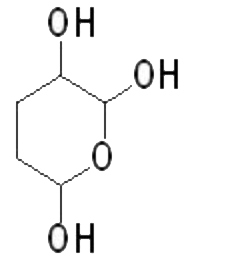
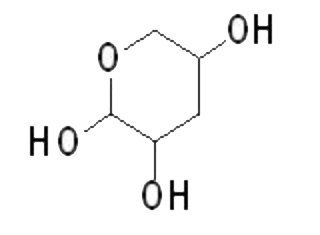
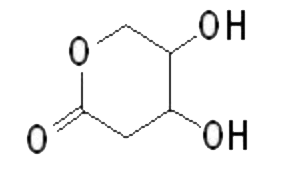
The correct Answer is:A
To determine in which molecule cleavage by HIO₄ (periodic acid) is not observed, we need to understand the mechanism of how HIO₄ reacts with vicinal diols. HIO₄ specifically cleaves vicinal diols, which are compounds that have two hydroxyl (-OH) groups on adjacent carbon atoms.
1. Understanding HIO₄ Cleavage:
HIO₄ reacts with vicinal diols to cleave the C-C bond between the two carbon atoms that bear the hydroxyl groups. This reaction results in the formation of carbonyl compounds (aldehydes or ketones).
2. Identifying Vicinal Diols:
We need to identify the molecules provided in the options and check if they contain vicinal diols. A vicinal diol has two -OH groups on adjacent carbon atoms.
3. Analyzing Each Option:
- Option A: Check if there are two -OH groups on adjacent carbons. If not, HIO₄ will not cleave this molecule.
- Option B: Check for vicinal diols. If both -OH groups are present on adjacent carbons, HIO₄ will cleave this molecule.
- Option C: Similarly, check for the presence of vicinal diols. If they are present, HIO₄ will cleave this molecule as well.
4. Conclusion:
After analyzing the options, if Option A does not have -OH groups on adjacent carbons, then cleavage by HIO₄ is not observed in this molecule. Therefore, Option A is the correct answer.
Final Answer:
Cleavage by HIO₄ is not observed in Option A.
HIO₄ reacts with vicinal diols to cleave the C-C bond between the two carbon atoms that bear the hydroxyl groups. This reaction results in the formation of carbonyl compounds (aldehydes or ketones).
We need to identify the molecules provided in the options and check if they contain vicinal diols. A vicinal diol has two -OH groups on adjacent carbon atoms.
- Option A: Check if there are two -OH groups on adjacent carbons. If not, HIO₄ will not cleave this molecule.
- Option B: Check for vicinal diols. If both -OH groups are present on adjacent carbons, HIO₄ will cleave this molecule.
- Option C: Similarly, check for the presence of vicinal diols. If they are present, HIO₄ will cleave this molecule as well.
After analyzing the options, if Option A does not have -OH groups on adjacent carbons, then cleavage by HIO₄ is not observed in this molecule. Therefore, Option A is the correct answer.
Cleavage by HIO₄ is not observed in Option A.
Topper's Solved these Questions
Similar Questions
Knowledge Check
In which of the following molecules, the cleavage by HlO4 is not observed ?
A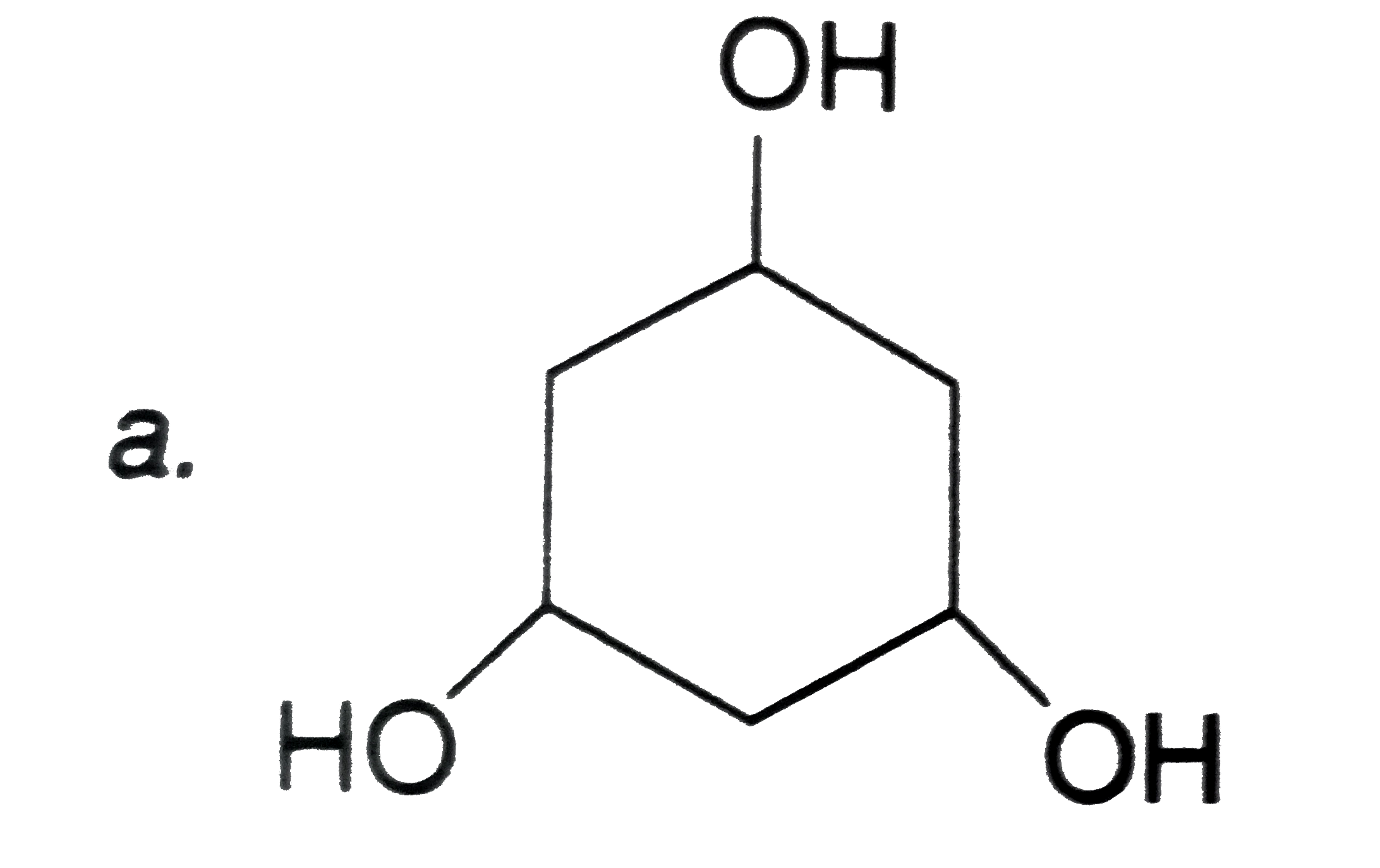 B
B C
C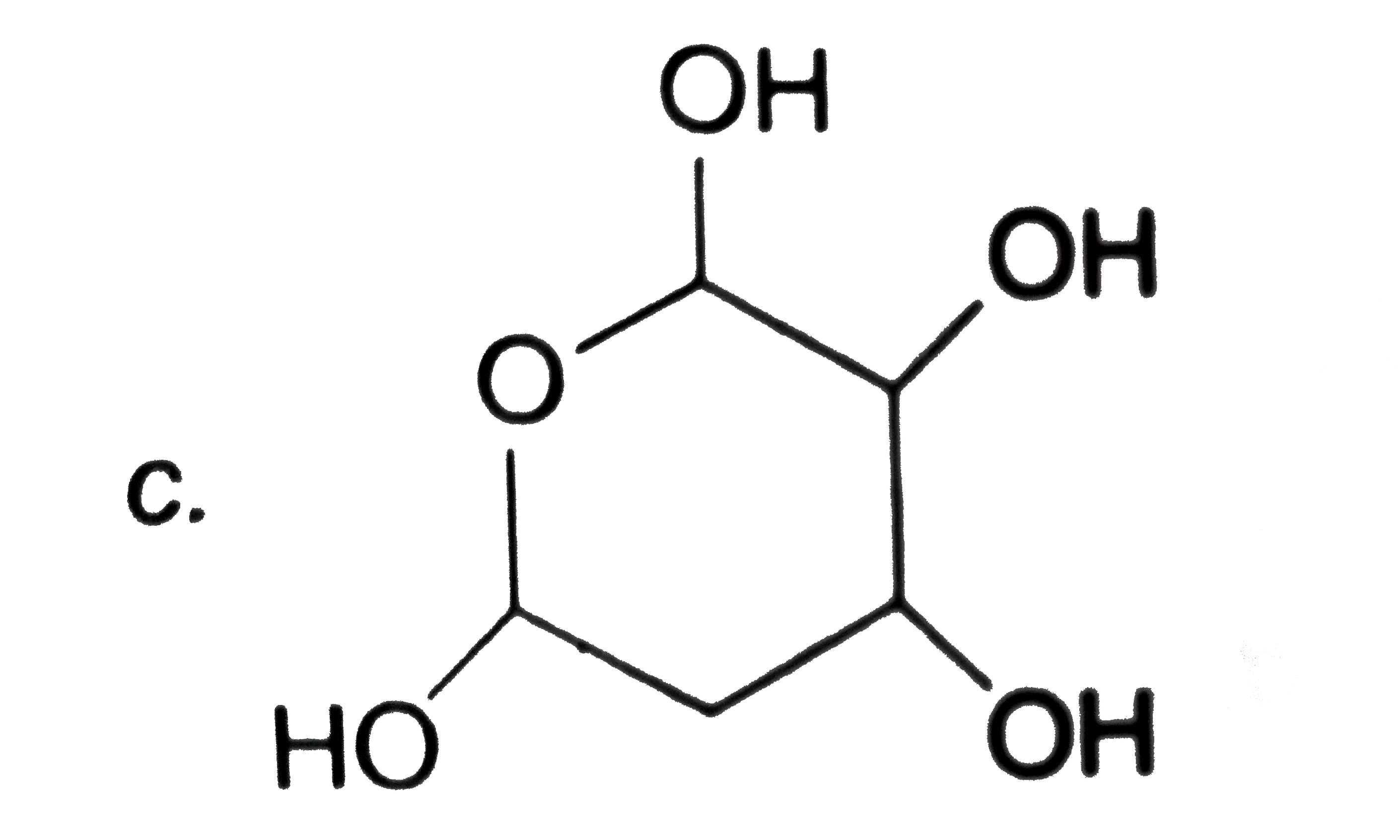 D
D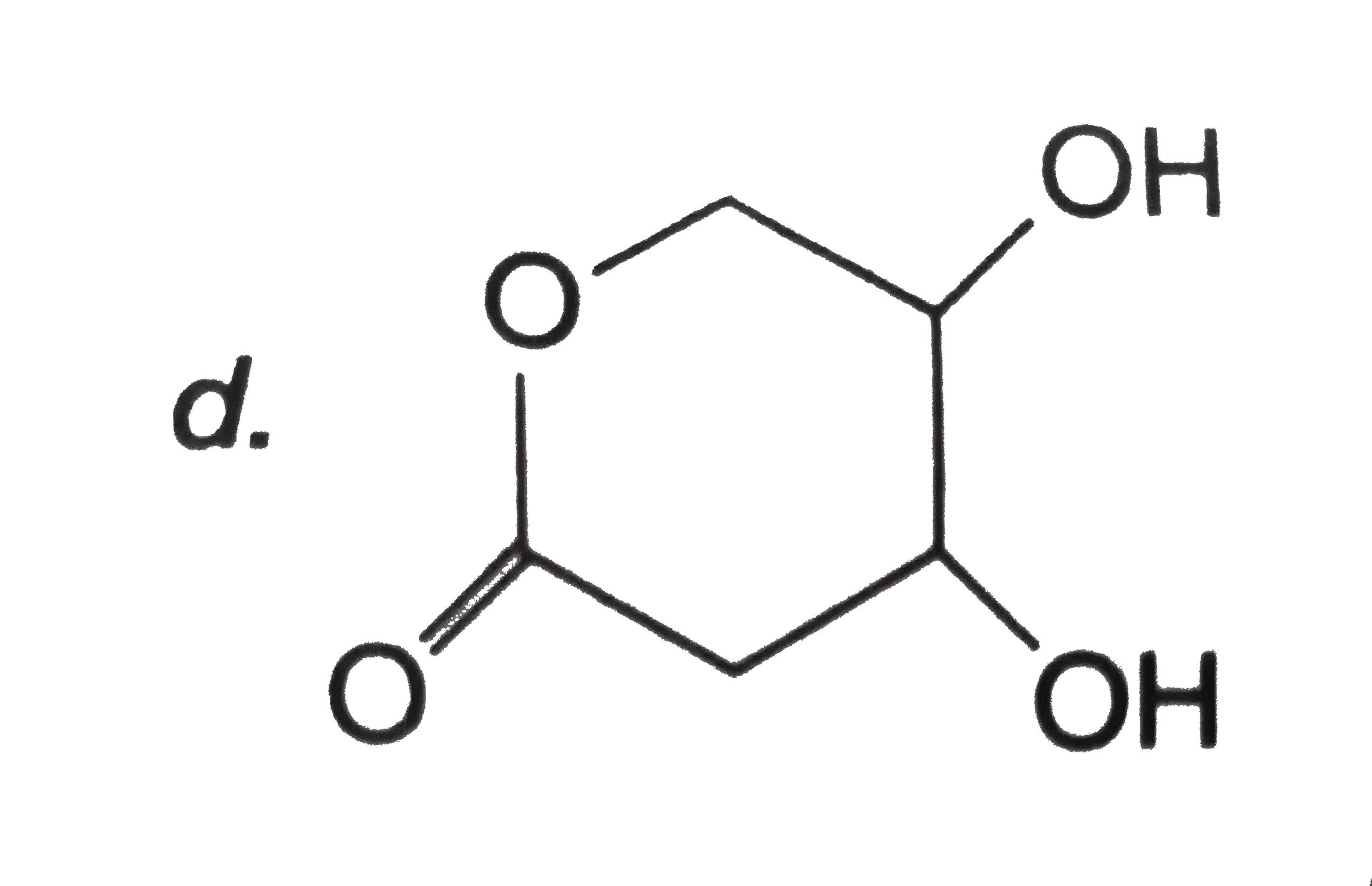
Which can be cleaved by HIO4 ?
ACH3CH2O∣∣CCH2O∣∣CCH3BCH3OH∣ChO∣∣CCH2CH3C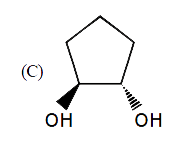 DCH3O∣∣CCH2C∣OHHCH2O∣∣CCH3
DCH3O∣∣CCH2C∣OHHCH2O∣∣CCH3Which compound will be oxidised by HIO4 ?
ACH3C∣OHH−C∣∣O−HB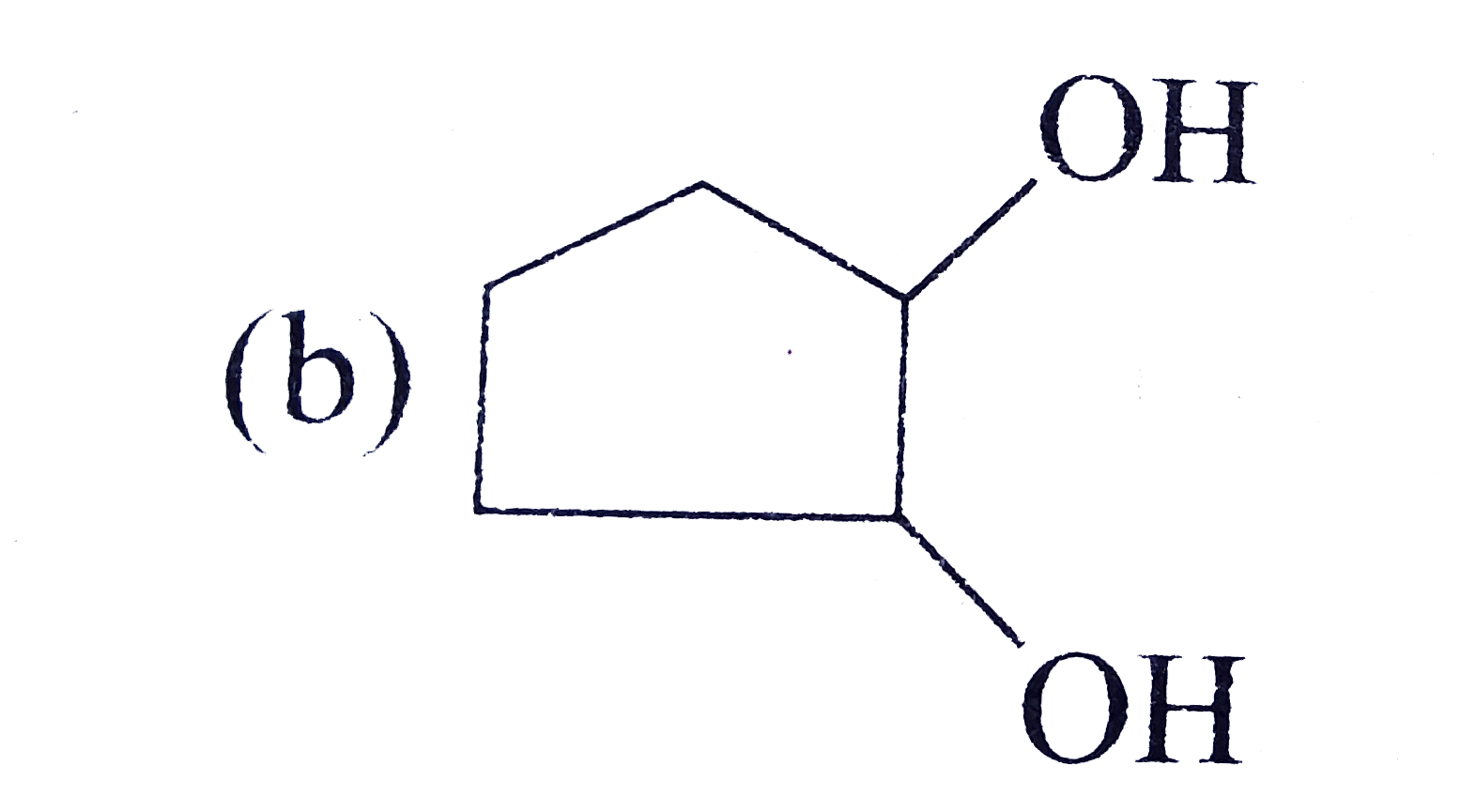 CCH3−OH∣CH−CH2−CH3DCH2OH∣C∣CH2OH=O
CCH3−OH∣CH−CH2−CH3DCH2OH∣C∣CH2OH=O
Which are not cleaved by HIO4?
(I) Glycerol
(II) glycol
(III) 1, 3-propenediol
(IV) methoxy-2-propanol
View SolutionWhich are not cleaved by HIO4?
I : glycerol II : glycol
III : 1, 3-propenediol IV : methoxy - 2 - propanol
View SolutionAfter which stage cleavage stopped :-
View Solution1, 2, 3 butanetriol undergoes oxidative cleavage of HIO4. During this process :
View Solution1, 2, 3- butanetriol undergoes oxidative cleavage of HIO4. During this process
View Solution
